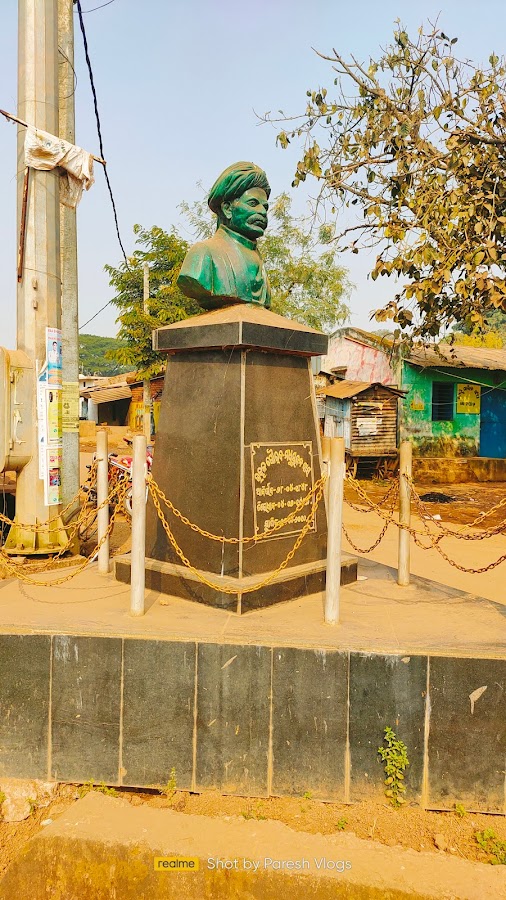
Kotpad
Koraput, India
- Explore local markets
- Interact with local weavers
- Observe the dyeing process
- Shop for Kotpad fabrics
- Visit Kotpad weaving villages
Known for:
Description:
Kotpad, a small town in the Koraput district of Odisha, India, is renowned for its unique handloom weaving tradition. The Kotpad weaving is primarily practiced by the tribal Mirgan community, who use natural dyes extracted from the roots of the Aal tree to create distinctive textiles. These textiles are characterized by their earthy colors, geometric patterns, and tribal motifs. Visiting Kotpad offers a glimpse into the rich cultural heritage of the region and provides an opportunity to witness the intricate process of traditional handloom weaving. Tourists can explore the local markets, interact with the weavers, and purchase authentic Kotpad fabrics directly from the source. The serene atmosphere and the artistic charm of the town make it a worthwhile destination for those seeking an authentic cultural experience.
History:
The history of Kotpad weaving dates back centuries, deeply intertwined with the tribal communities of the Koraput region. The Mirgan community, traditionally weavers, developed their unique style using locally available resources. The Aal tree, found in the surrounding forests, provides the natural dye that gives Kotpad textiles their characteristic reddish-brown hue. Historically, these fabrics were primarily used for clothing by the tribal communities themselves. Over time, the artistry of Kotpad weaving gained recognition beyond the local area, and efforts were made to promote and preserve this traditional craft. Today, Kotpad weaving is a protected geographical indication (GI), ensuring its authenticity and supporting the livelihoods of the weavers.